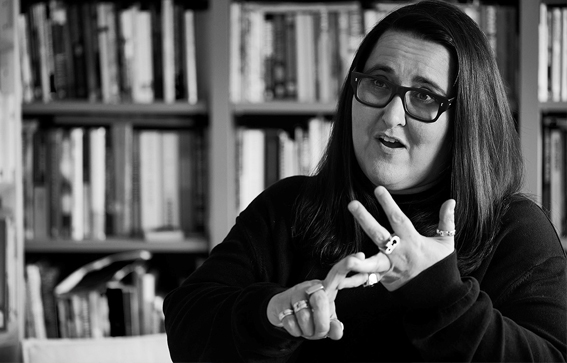One of them tells me how much they like black people with the addition of “but you aren’t black are you, you are half caste”.
They deliver this sentence in such an innocent way that it renders me completely helpless. Within seconds a swirl of emotion engulfs me, so I decide to walk away rather than react, in the belief that they had no negative intent, but just lacked education.
Later on, old feelings of not being enough are swirling through my mind but I realise that’s my internalised oppression. It’s time we discuss this issue.
Being of mixed race from a black and white background has carried a certain sense of not belonging for decades. I don’t like the term mixed race, primarily because I reject the construct of race and because it implies that being ‘mixed’ is in some way less than whole.
I have also been on the end of offensive remarks from some black people during my fifty-four years.
This issue is rooted in the historical legacy of racism where having some white blood was perceived as having some privilege, particularly during slavery where rape by plantation owners was a common occurrence and often resulted in children of my complexion.
During slavery different empires had different hierarchies to define children born of mixed background. The Dutch for example had a one drop rule meaning if a person had a single drop of African blood, it made them black for perpetuity. The French and Spanish empires had more complex systems based on labels such as ‘mulato’, referring to a person with a mixed white and African background.
The British Empire had similar classifications based on the perceived percentage of white versus African heritage and labels such as ‘mulatto’, ‘quadroon’ and ‘octaroon’ were used to label black people based upon the perceived blackness, and therefore determine the extent to which they could be classified less black and more white.
Given the construct of racism these labels were often used to determine status and in a white power structure, advantages were awarded based on the percentage of whiteness. In apartheid South Africa these hierarchies based on degree of whiteness were also deeply ingrained at all levels of the apartheid system and profoundly affected an individual’s sense of self.
The very objective of labels such as these is to underpin the hierarchy that says white is superior to black within the minds of both the oppressor and the oppressed.
"I am proud to be the product of a beautiful love between a black Bajan man and a white English woman."
Labels and where they come from are important because they are used to reinforce structural racism and divisive hierarchies, often by people who have no idea what they are doing when they apply those labels. I am not mixed race, mulatto or half caste, I am proud to be the product of a beautiful love between a black Bajan man and a white English woman.
I wish I had more time to find the person who made that comment to me, buy them a coffee and have a conversation about labels that might have left them feeling more informed, so the next time they hear someone use the term ‘half caste’, they too can educate them about labels.


